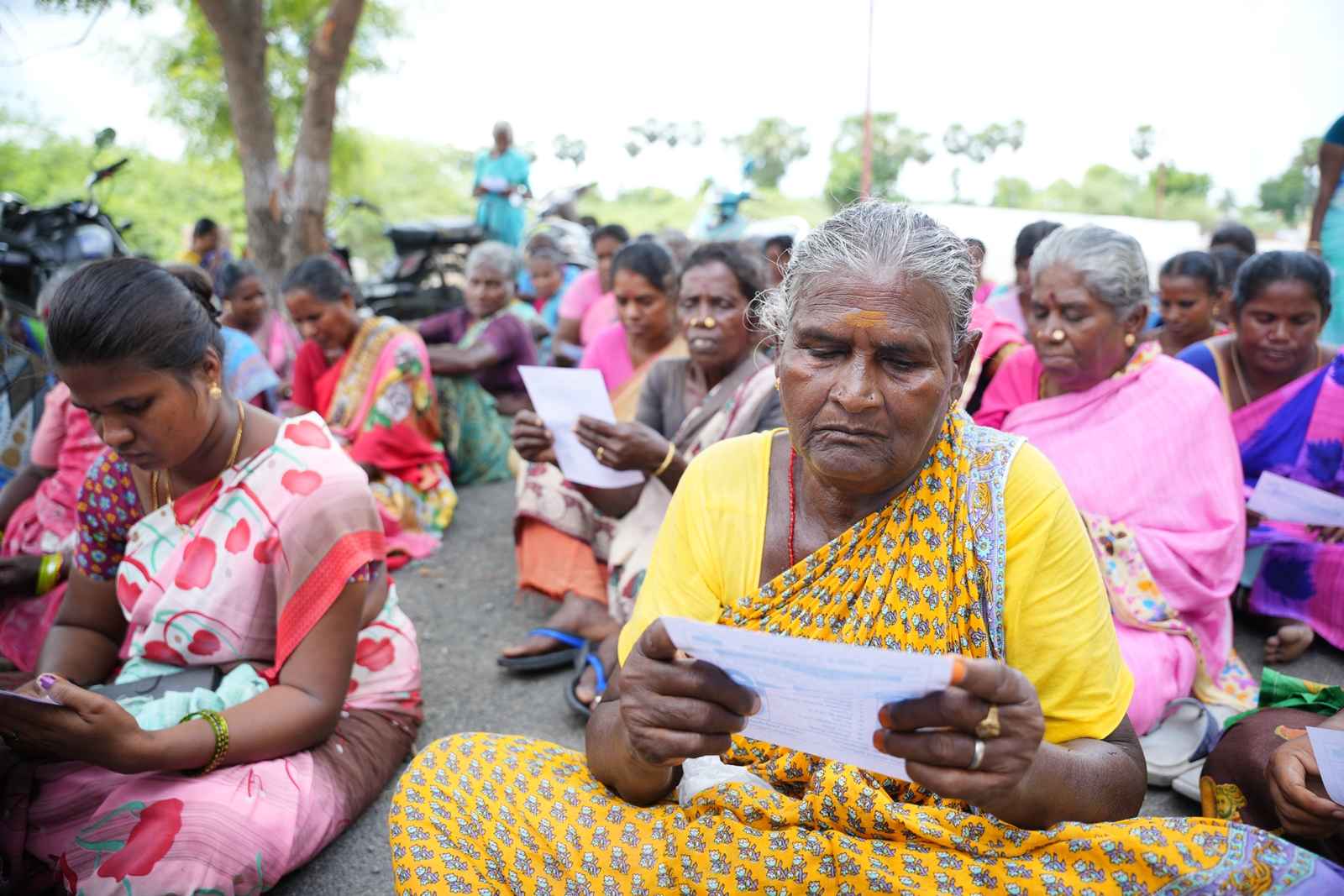In today’s world, where digital transformation is happening at a breakneck pace, there is a glaring issue that cannot be ignored – the gender digital divide, especially in India. While the Digital India initiative has brought about significant progress, it has not been as inclusive as it should be. The digital gender gap is a persistent issue that undermines women empowerment.
The Promise and Reality of Digital India
The Digital India initiative aimed to overhaul public services through information technology, promising easy access to essential services by enhancing internet connectivity and digital empowerment. Despite its successes, the benefits have not reached everyone equally. Women, especially those in rural areas and with less education, often find themselves on the wrong side of this digital divide.
Why the Digital Divide Matters
This divide is not just about internet access – it is about the inequalities in digital literacy and access to technology. For women, this means fewer job opportunities, less access to educational resources, healthcare information and essential government services that are increasingly moving online.
Take the COVID-19 pandemic, for example. Education shifted online, but girls and women, especially from economically weaker sections, struggled to keep up due to a lack of digital devices and reliable internet. Similarly, women entrepreneurs could not digitise their businesses, hampering their operations during lockdowns.
Barriers to Bridging the Digital Divide Gap
Several barriers contribute to this widening gap. Cultural norms and socio-economic factors play significant roles. In many parts of India, there is still a strong bias against educating girls and giving them equal access to technology. When resources are limited, families often prioritise male members for access to technology and higher education.
Financial constraints are another major barrier. Digital devices and data plans are often too expensive for many women, especially in rural areas. The lack of digital literacy among women exacerbates the issue, as they are less likely to see the value in investing in digital tools and services.
Expanding Digital Infrastructure for Equal Access
To truly support women in the digital age, we need to expand and upgrade the infrastructure of the Digital India initiative, especially in rural areas. Many areas still suffer from poor electricity supply and internet connectivity, which disproportionately affects the ability of women to leverage digital technologies. Prioritising infrastructure development in underserved regions can help bridge this gap, ensuring that women in these areas are not left behind in the digital revolution.
Integrating Gender Sensitivity into Digital Policy
We also need gender-sensitive policies to ensure that digital services cater to women’s needs and address gender-specific barriers. Government services delivered through digital platforms should consider factors such as local languages and literacy levels, which can differ significantly between genders. Additionally, data protection measures should be enforced to keep women’s data safe, increasing their confidence in using digital services.
Promoting Women in Tech
Encouraging women’s participation in the tech sector is another crucial step. The tech industry is overwhelmingly male-dominated, which influences the kinds of products and services developed and the markets they target. Encouraging more women to pursue STEM education and careers in technology through scholarships, mentorships, and supportive workplace policies can change this landscape. Successful women tech leaders can also serve as powerful role models, inspiring more young girls to enter this field.
Supporting Women Entrepreneurs
Digital platforms provide a unique opportunity for women entrepreneurs to scale businesses from local to global. Initiatives like the “Digital Women Awards,” which recognise and support women leveraging the internet for business ventures, can be great motivators. E-commerce platforms should prominently feature products and services offered by women-led businesses, providing them with a broader market reach.
Tailored Financial Services
Access to finance is another significant hurdle for women wishing to enter the digital economy. Digital financial services tailored to the needs of women, including micro-financing and easy-to-use mobile banking services, can help overcome this. Ensuring that women can access these services safely and conveniently can dramatically increase their participation in the economy.
Creating Awareness and Changing Perceptions towards Digital Divide
Changing societal attitudes towards women using technology is perhaps the toughest challenge. Intensive awareness campaigns are necessary to shift perceptions. Men and boys must be included in these conversations to understand and support the importance of women’s digital empowerment. Regular workshops and interactive sessions that include both genders can foster a more inclusive understanding of the digital world.
Monitoring Progress and Ensuring Accountability
To ensure that efforts to reduce the digital gender gap are effective, continuous monitoring and evaluation are necessary. Setting up a dedicated body to oversee gender parity in the digital domain, along with regular reporting and accountability mechanisms, can help ensure that goals are met and that policies effectively address women’s needs.
Digital India has the potential to transform lives—not just economically but also in terms of social justice and equality. By focusing on women’s digital empowerment like we do in our women empowerment programme, Swabhiman India can ensure its journey towards becoming a digitally advanced nation is inclusive and equitable.
Empowering women digitally empowers the entire nation, paving the way for a balanced and progressive digital future. The path is long and filled with challenges, but the potential benefits for half of the population—and indeed for the entire nation—are too significant to be overlooked. Smile Foundation will do everything in its power to create equity between gender wherever possible.









